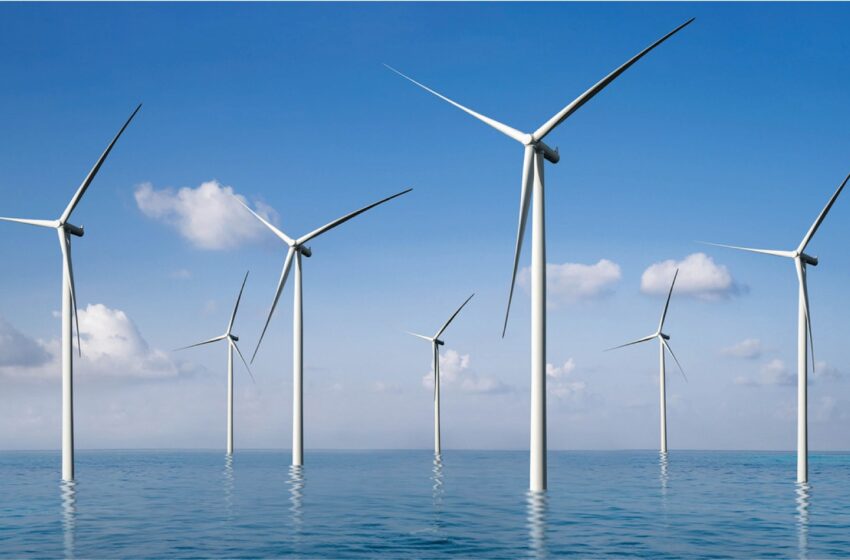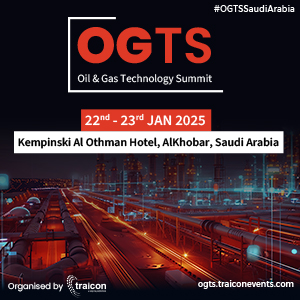
globalbizmag.com
Sembcorp Gets Singapore’s EMA Nod to Import 1.2 GW Power from Vietnam
Singapore’s Energy Market Authority (EMA) has okayed conditional approval to Sembcorp Utilities Pte Ltd (SCU), a wholly owned subsidiary of Sembcorp Industries Ltd, to import 1.2 GW of low-carbon electricity from Vietnam to Singapore.
Based on SCU’s proposal, the imported electricity will harness offshore wind power and potentially other forms of generation, to be developed with Petrovietnam Technical Services Corporation (PTSC). It will be transmitted from Vietnam to Singapore via new subsea cables that will span a distance of around 1,000 km.
The conditional approval recognises that the project is preliminarily assessed by EMA to be technically and commercially viable. It facilitates SCU in obtaining necessary regulatory approvals and licences for the project. It also builds on the offshore wind site survey permit approval and Letter of Intent issued to the SCU-PTSC Consortium by the Vietnam and Singapore governments respectively in August 2023.
The progress made on this project is a positive development arising from the Memorandum of Understanding (MoU) on Energy Cooperation between Vietnam and Singapore, signed in October 2022, which reaffirmed both countries’ commitment to support and facilitate clean energy transition efforts and regional decarbonisation, including greater cross-border electricity trading.
On 25 October 2021, Minister for Trade and Industry Gan Kim Yong announced Singapore’s plans to import up to 4 GW of low-carbon electricity by 2035.
Even Dr Tan See Leng, Singapore’s Manpower Minister and Second Minister for Trade and Industry, said recently that the city-state is exploring taking in more electricity imports, considering energy security and cost considerations.
The EMA had received over 20 proposals since it started soliciting applications in 2021, including from consortiums looking to import hydropower from Sarawak, and solar power from Northern Australia.
An EMA spokesperson said the agency “remains open to receiving good proposals from the industry”, will continue discussions with companies that have submitted proposals, and engage the governments of source countries where necessary.
Of these applications, EMA has granted conditional approvals to I from various sources, comprising 2 GW from Indonesia, 1 GW from Cambodia and 1.2 GW from Vietnam so far. If realised, these projects will collectively tap on a diverse mix of solar energy, hydropower, and wind power.
The EMA awarded its first gigawatt-scale conditional approval to utility firm Keppel Energy in March, for transmitting solar, hydro and potentially wind power from Cambodia to the city-state. In September, it granted conditional approvals to five projects looking to send primarily solar power from Indonesia to Singapore, with commercial operations slated to start by 2027.
To ensure reliability of supply, EMA has been working with importers to put in place sufficient safeguards against any prolonged supply disruptions. EMA will also continue to explore low-carbon alternatives such as geothermal, hydrogen and technologies such as carbon capture and storage to ensure that the power system remains secure, reliable, and sustainable.
Electricity Consumption
According to EMA, Singapore consumed a total of 26.5 TWh of electricity in the first six months of this year, with the largest consumer in the industrial-related sector (10.9 TWh), followed by the commerce & services-related (10.3 TWh) and household (3.8 TWh) sectors.
The city-state’s total electricity consumption in 2022 increased, rising by 2.6% from 53.5 TWh in 2021 to 54.9 TWh in 2022.
Commerce and services-related sector saw a 6.8% growth in 2022 compared to 2021, with the information and communications sector having the largest percentage growth of 20.4%.
The Industrial-related sector remained the largest consumer of electricity in 2022 (41.3% or 22.7 TWh), followed by the Commerce & Services-related (38.6 % or 21.2 TWh) and Household (14.4% or 7.9 TWh) sectors.












